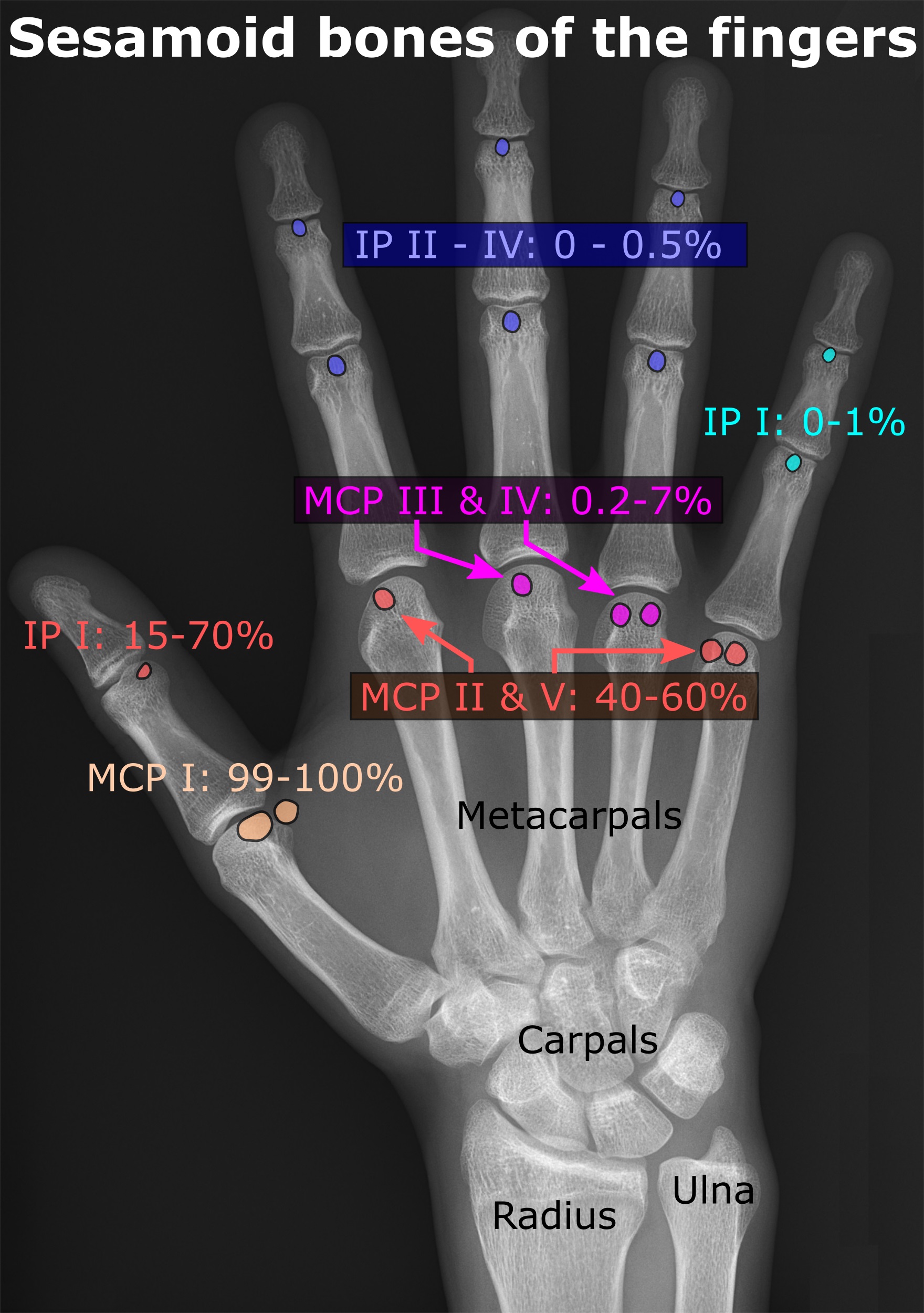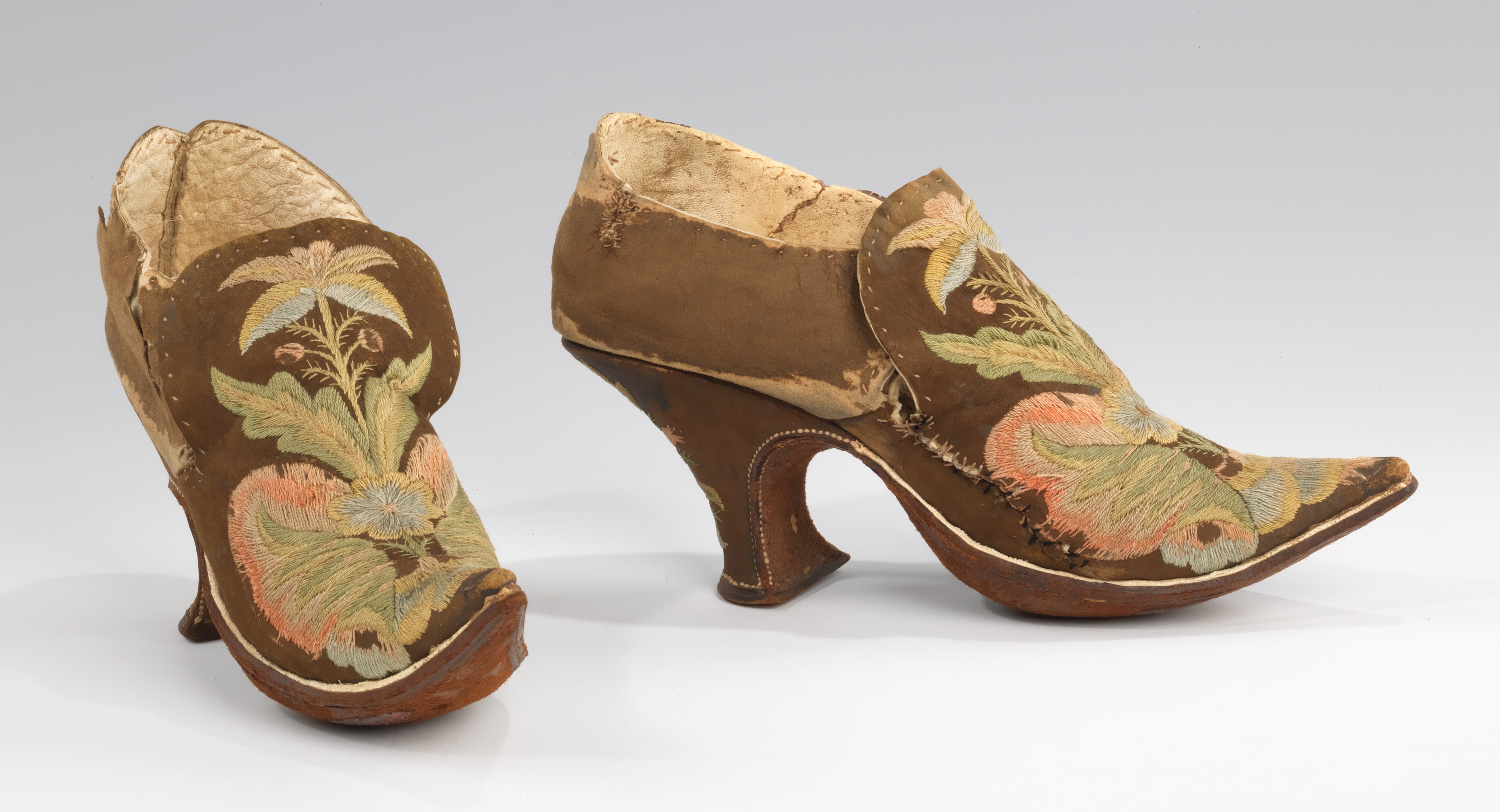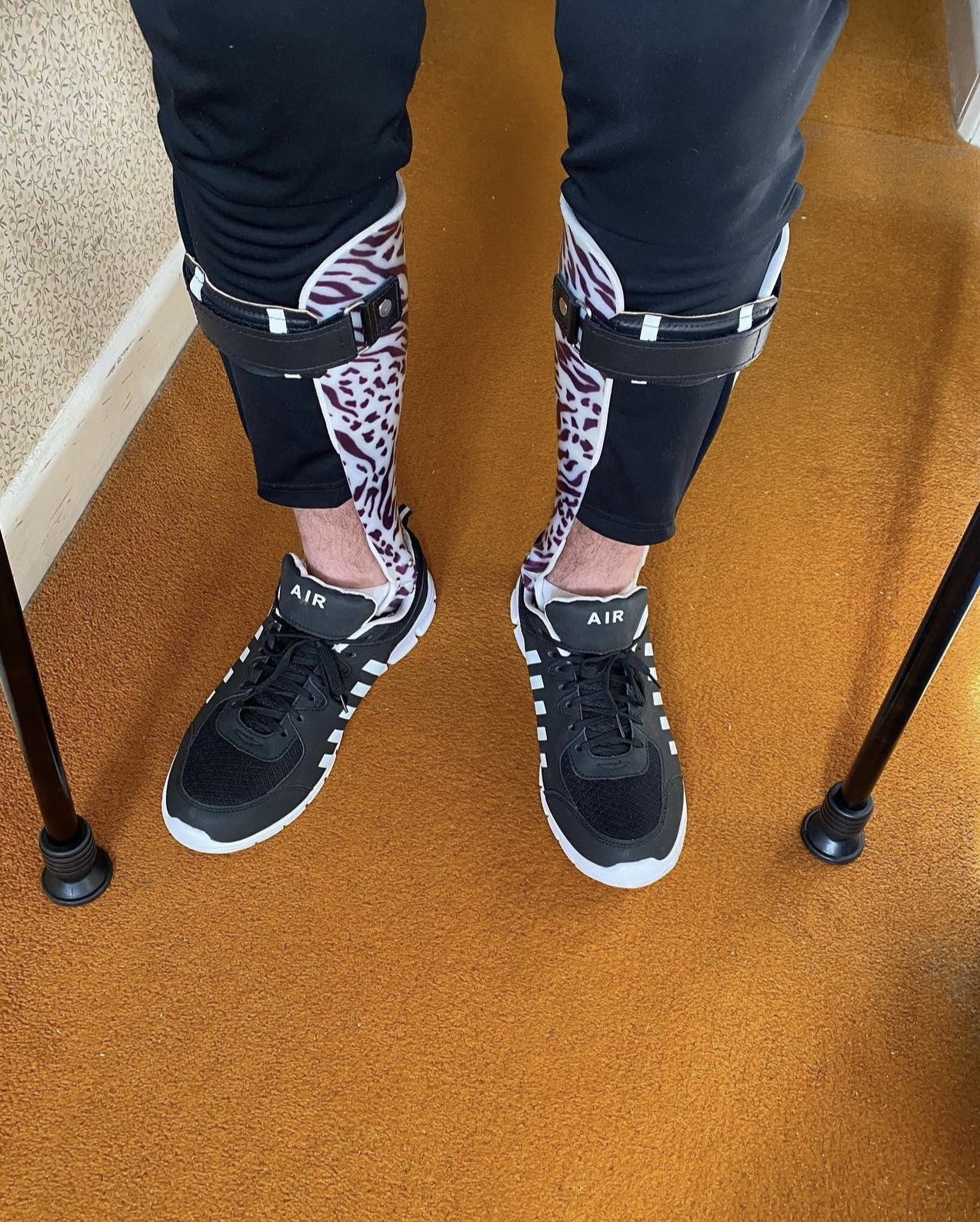|
Sesamoiditis
Sesamoiditis is inflammation of the sesamoid bones. Humans Sesamoiditis occurs on the bottom of the foot, just behind the big toe. There are normally two sesamoid bones on each foot; sometimes sesamoids can be bipartite, which means they each comprise two separate pieces. The sesamoids are roughly the size of jelly beans. The sesamoid bones act as a fulcrum for the flexor tendons, the tendons which bend the big toe downward. Symptoms include inflammation and pain. Sometimes a sesamoid bone is fractured. This can be difficult to pick up on X-ray, so a bone scan or MRI is a better alternative. Among those who are susceptible to the malady are dancers, catchers and pitchers in baseball, soccer players, and American football players. Horses In the horse it occurs at the horse's fetlock. The sesamoid bones lie behind the bones of the fetlock, at the back of the joint, and help to keep the tendons and ligaments that run between them correctly functioning. Usually periostitis ( ... [...More Info...] [...Related Items...] OR: [Wikipedia] [Google] [Baidu] |
Sesamoid Bone
In anatomy, a sesamoid bone () is a bone embedded within a tendon or a muscle. Its name is derived from the Greek word for 'sesame seed', indicating the small size of most sesamoids. Often, these bones form in response to strain, or can be present as a anatomical variation, normal variant. The patella is the largest sesamoid bone in the body. Sesamoids act like pulleys, providing a smooth surface for tendons to slide over, increasing the tendon's ability to transmit Muscle#Function, muscular forces. Structure Sesamoid bones can be found on joints throughout the human body, including: * In the knee—the patella (within the quadriceps tendon). This is the largest sesamoid bone. * In the hand—two sesamoid bones are commonly found in the Anatomical terms of location#Arms, distal portions of the first metacarpal bone (within the tendons of adductor pollicis and flexor pollicis brevis). There is also commonly a sesamoid bone in distal portions of the second metacarpal bone and fif ... [...More Info...] [...Related Items...] OR: [Wikipedia] [Google] [Baidu] |
Pastern
The pastern is a part of the leg of a horse between the fetlock and the top of the hoof. It incorporates the Equine_forelimb_anatomy#Metacarpal_bones, long pastern bone (proximal phalanx) and the Equine_forelimb_anatomy#Middle_phalanx, short pastern bone (middle phalanx), which are held together by two sets of paired ligaments to form the pastern joint (proximal interphalangeal joint). Anatomically homologous to the two largest bones found in the human finger, the pastern was famously mis-defined by Samuel Johnson in A Dictionary of the English Language, his dictionary as "the knee of a horse". When a lady asked Johnson how this had happened, he gave the much-quoted reply: "Ignorance, madam, pure ignorance." Anatomy and importance The pastern consists of two bones, the uppermost called the "large pastern bone" or proximal phalanx, which begins just under the fetlock joint, and the lower called the "small pastern bone" or middle phalanx, located between the large pastern bone an ... [...More Info...] [...Related Items...] OR: [Wikipedia] [Google] [Baidu] |
Fetlock
Fetlock is the common name in horses, large animals, and sometimes dogs for the metacarpophalangeal and metatarsophalangeal joints (MCPJ and MTPJ). Although it somewhat resembles the human ankle in appearance, the joint is homologous to the ball of the foot. In anatomical terms, the hoof corresponds to the toe, rather than the whole human foot. Etymology and related terminology The word literally means "foot-lock" and refers to the small tuft of hair situated on the rear of the fetlock joint. "Feather" refers to the particularly long, luxuriant hair growth over the lower leg and fetlock that is characteristic of certain breeds. Formation A fetlock (a MCPJ or a MTPJ) is formed by the junction of the third metacarpal (in the forelimb) or metatarsal (in the hindlimb) bones, either of which are commonly called the cannon bones, proximally and the proximal phalanx distally, commonly called the pastern bone. Paired proximal sesamoid bones form the joint with the ... [...More Info...] [...Related Items...] OR: [Wikipedia] [Google] [Baidu] |
Orthopedics
Orthopedic surgery or orthopedics (American and British English spelling differences, alternative spelling orthopaedics) is the branch of surgery concerned with conditions involving the musculoskeletal system. Orthopedic surgeons use both surgical and nonsurgical means to treat musculoskeletal Physical trauma, trauma, Spinal disease, spine diseases, Sports injury, sports injuries, degenerative diseases, infections, tumors and congenital disorders. Etymology Nicholas Andry coined the word in French as ', derived from the Ancient Greek words ("correct", "straight") and ("child"), and published ''Orthopedie'' (translated as ''Orthopædia: Or the Art of Correcting and Preventing Deformities in Children'') in 1741. The word was Assimilation (linguistics), assimilated into English as ''orthopædics''; the Typographic ligature, ligature ''æ'' was common in that era for ''ae'' in Greek- and Latin-based words. As the name implies, the discipline was initially developed with atte ... [...More Info...] [...Related Items...] OR: [Wikipedia] [Google] [Baidu] |
High Heels
High-heeled shoes, also known as high heels (colloquially shortened to heels), are a type of shoe with an upward-angled sole. The heel in such shoes is raised above the ball of the foot. High heels cause the legs to appear longer, make the wearer appear taller, and accentuate the calf muscle. There are many types of high heels in varying styles, heights, and materials. High heels have been used in various ways to convey nationality, professional affiliation, gender, and social status. High heels have been an important statement piece of fashion for centuries in the West. High heels spread from equestrian origins with the 10th century Persian galesh to wider fashion use. In early 17th-century Europe, high heels were a sign of masculinity and high social status. Towards the end of the century, the trend began to spread to women's fashion. By the 18th century, high-heeled shoes had split along gender lines. By this time, heels for men were chunky squares attached to riding boo ... [...More Info...] [...Related Items...] OR: [Wikipedia] [Google] [Baidu] |
Disorders Of Fascia
Disorder may refer to randomness, a lack of intelligible pattern, or: Healthcare * Disorder (medicine), a functional abnormality or disturbance * Mental disorder or psychological disorder, a psychological pattern associated with distress or disability that occurs in a person and is not a part of normal development or culture: :* Anxiety disorder, different forms of abnormal and pathological fear and anxiety :* Attention-deficit hyperactivity disorder :* Autism spectrum disorder :* Conversion disorder, neurological symptoms such as numbness, blindness, paralysis, or fits, where no neurological explanation is possible :* Obsessive–compulsive disorder, an anxiety disorder characterized by repetitive behaviors aimed at reducing anxiety :* Obsessive–compulsive personality disorder, obsession with perfection, rules, and organization :* Personality disorder, an enduring pattern of inner experience and behavior that deviates markedly from the expectations of the culture of the person ... [...More Info...] [...Related Items...] OR: [Wikipedia] [Google] [Baidu] |
Equine Injury And Lameness
Equinae is a subfamily of the family Equidae, known from the Hemingfordian stage of the Early Miocene (16 million years ago) onwards. They originated in North America, before dispersing to every continent except Australia and Antarctica. They are thought to be a monophyletic grouping. Members of the subfamily are referred to as equines; the only extant equines are the horses, asses, and zebras of the genus ''Equus'', with two other genera ''Haringtonhippus'' and ''Hippidion'' becoming extinct at the beginning of the Holocene, around 11–12,000 years ago. The subfamily contains two tribes, the Equini and the Hipparionini, as well as two unplaced genera, ''Merychippus'' and ''Scaphohippus''. Members of the family ancestrally had three toes, while members of the tribe Equini from the Middle Miocene onwards developed monodactyl feet. Sister taxa * Anchitheriinae * Hyracotheriinae ''Hyracotherium'' ( ; " hyrax-like beast") is an extinct genus of small (about 60 cm in length) ... [...More Info...] [...Related Items...] OR: [Wikipedia] [Google] [Baidu] |
Gateshead FC
Gateshead Football Club is a professional association football club based in Gateshead, Tyne and Wear, England. The club competes in the , the fifth level of the English football league system, and play their home matches at the Gateshead International Stadium. Established in 1977 after Gateshead United folded, the club are known as the "Tynesiders" or the "Heed". There had been a Gateshead A.F.C. in the Football League from 1930 to 1960, which had folded before Gateshead United had been established. The current incarnation of the club began life in the Northern Premier League, winning Premier Division titles in the 1982–83 and 1985–86 seasons. However they were relegated from the Football Conference in 1984 and 1987. They secured promotion back to the Conference at the end of the 1989–90 season, though would remain there until another relegation in 1998. The club were further relegated from the Northern Premier League Premier Division in 2003. They won the First Divisi ... [...More Info...] [...Related Items...] OR: [Wikipedia] [Google] [Baidu] |
Melvin Upton
Melvin Emanuel "B. J." Upton Jr. (born August 21, 1984) is an American former professional baseball center fielder. He played in Major League Baseball (MLB) for the Tampa Bay Devil Rays / Rays, Atlanta Braves, San Diego Padres, and Toronto Blue Jays. Upton has played with his brother, Justin Upton, as members of the Atlanta Braves and San Diego Padres. They are the only two brothers in MLB history to be selected in the No. 1 and 2 slots of the draft (in separate years). The Upton brothers are also the first brothers to both hit 20 home runs and steal 20 bases in a season. Early life and amateur career Upton was born to Melvin and Yvonne (née Gordon) Upton. Yvonne worked as a teacher and Melvin worked variously as a scout for the Kansas City Royals, a mortgage broker and a college basketball referee in the Mid-Eastern Athletic Conference after playing both college football and basketball at Norfolk State. Before high school, Upton played on the same travel baseball team as se ... [...More Info...] [...Related Items...] OR: [Wikipedia] [Google] [Baidu] |
Josh Zeid
Joshua Alexander Zeid ( ; ; born March 24, 1987) is an American-Israeli former professional baseball pitcher and current coach. He plays for Israel national baseball team, Team Israel. He played in Major League Baseball (MLB) for the Houston Astros. Zeid played for the gold-medal-winning Team USA Youth National Team in 2003. In his senior year in high school he was named Gatorade Connecticut High School Player of the Year, and ''Baseball America'' ranked him the nation's 27th-best prospect. He was drafted in the 10th round of the 2009 Major League Baseball Draft, and in 2010 he was named a South Atlantic League midseason All-Star, and won the MiLBY Awards, MiLB Best Reliever (Class A–Full Season) Award. He debuted in the major leagues with the Houston Astros in 2013. He pitched for Israel at the 2017 World Baseball Classic, Team Israel at the 2017 World Baseball Classic, and was named to the 2017 World Baseball Classic#2017 All-World Baseball Classic team, 2017 All-World Bas ... [...More Info...] [...Related Items...] OR: [Wikipedia] [Google] [Baidu] |
Orthotics
Orthotics () is a medical specialty that focuses on the design and application of orthoses, sometimes known as braces, calipers, or splints. An is "an externally applied device used to influence the structural and functional characteristics of the neuromuscular and skeletal systems." Orthotists are medical professionals who specialize in designing orthotic devices such as braces or foot orthoses. Classification Orthotic devices are classified into four areas of the body according to the international classification system (ICS): orthotics of the lower extremities, orthotics of the upper extremities, orthotics for the trunk, and orthotics for the head. Orthoses are also classified by function: paralysis orthoses and relief orthoses. Under the International Standard terminology, orthoses are classified by an acronym describing the anatomical joints they support. Some examples include KAFO, or knee-ankle-foot orthoses, which span the knee, ankle, and foot; TLSO, or thor ... [...More Info...] [...Related Items...] OR: [Wikipedia] [Google] [Baidu] |





